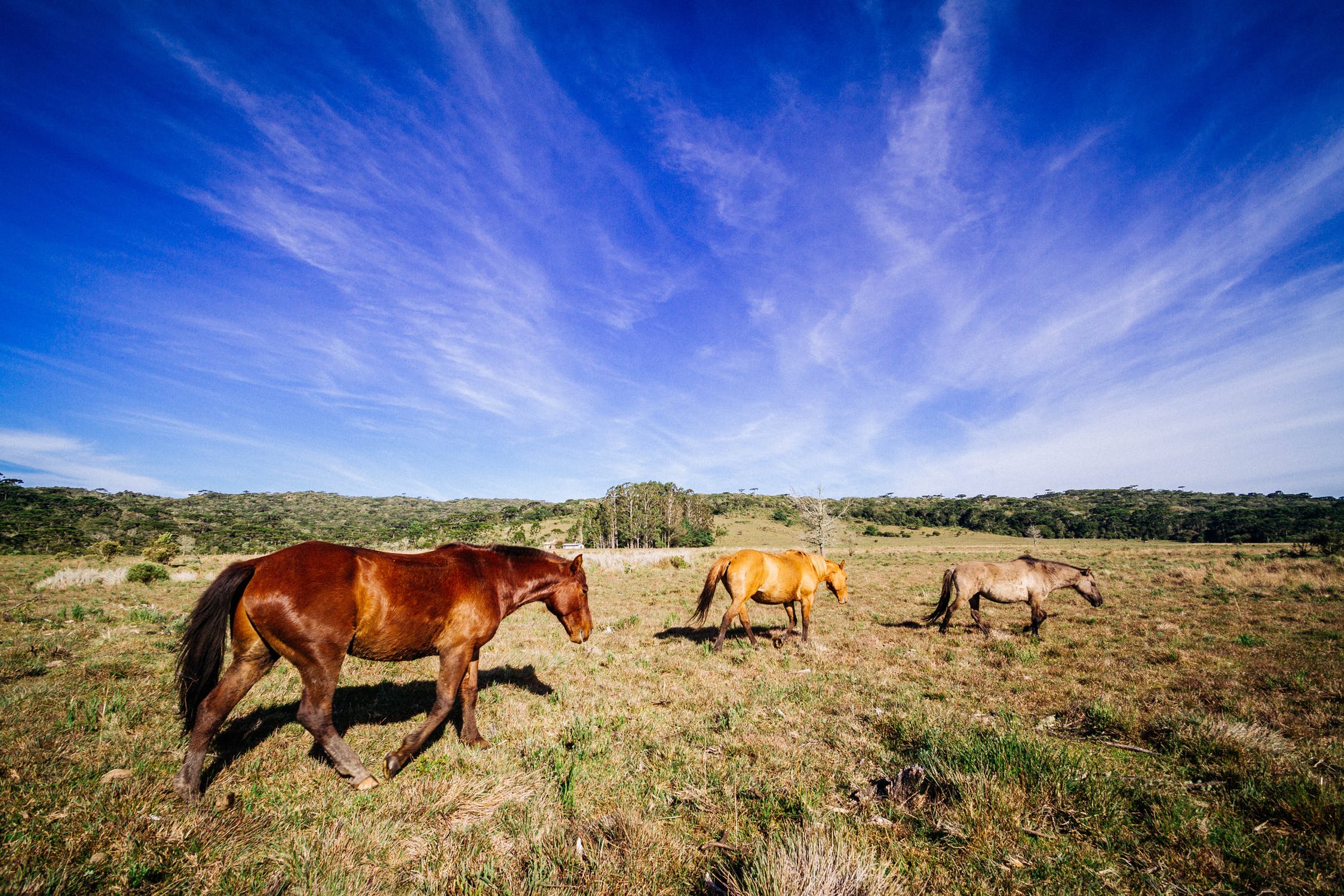The Rundown on Equine Shoulder Sweeney
Horses are remarkably active animals that make good use of their limbs and joints as they canter, gallop, and trot. As such, it is important that owners are cognizant of their horse’s health and of potential conditions that might arise.
 Dr. Jeffrey Watkins, a professor at the Texas A&M College of Veterinary Medicine & Biomedical Sciences, weighs in on shoulder Sweeney, also known as suprascapular neuropathy, a condition affecting the nerves and muscles of a horse’s shoulder region.
Dr. Jeffrey Watkins, a professor at the Texas A&M College of Veterinary Medicine & Biomedical Sciences, weighs in on shoulder Sweeney, also known as suprascapular neuropathy, a condition affecting the nerves and muscles of a horse’s shoulder region.
“Shoulder Sweeney refers to an injury of the suprascapular nerve, which runs over the front part of the scapula and provides the nerve supply to two major muscles that support the shoulder joint,” Watkins said. “When the nerve is injured, these muscles are unable to function normally and will undergo atrophy, which can occur very rapidly.”
This condition presents in two forms, chronic and acute, according to Watkins.
The chronic form of shoulder Sweeney was once common in horses that often pulled heavy loads, such as wagons and farm equipment, and was attributed to repetitive nerve injury often associated with ill-fitting harness collars.
In these chronic cases, clinicians typically find significant atrophy of the two major muscles that are supplied by the nerve overlying the scapula, and when these muscles atrophy, the bony spine of the scapula becomes very prominent.
Chronic shoulder Sweeney has become less frequent, as workhorses are less common.
“What we see today, most of the time, is a much more acute injury,” he said. “Usually, it’s because the horse is running fast and hits something immovable, another horse or a fence post, very forcefully with the point of their shoulder.”
This impact causes an acute nerve injury that results in dysfunction of the two major muscles noted above. These muscles are responsible for maintaining the lateral stability of the shoulder joint and when they lose their nerve supply acutely, the shoulder region becomes unstable.
Watkins said it is important to consider other potential conditions that can occur secondary to a high-impact injury to the shoulder region. An examination by a veterinarian, including high-quality radiographs of the shoulder region, is necessary to rule out other injuries, such as a fracture.
Equine shoulder Sweeney is usually diagnosed by observing the gait of the horse and tends to be straightforward.
“They have a very characteristic gait where whenever they try to put weight on their leg, their shoulder joint partially dislocates to the outside,” Watkins said. “These horses don’t walk well; they have a very obvious gait abnormality that basically makes them unusable in the short-term.”
Though this condition can significantly impact a horse’s function in the short term, the good news is that most horses suffering from an acute shoulder Sweeney will recover stability in that joint over time and will be able to function normally again. But the process requires rest and patience.
“It’s important to recognize it can take quite a long time for that nerve to heal and to basically regrow,” Watkins said. “We usually say it will take six to eight months for that nerve to begin to regain function and for that shoulder to stabilize and no longer have issues.”
Although most horses recover their ability to move normally, atrophy of the muscles overlying the shoulder blade will usually be permanent and the horse will have the characteristic boney protrusion of the shoulder area associated with equine shoulder Sweeney for the remainder of its life.
Pet Talk is a service of the College of Veterinary Medicine & Biomedical Sciences, Texas A&M University. Stories can be viewed on the web at vetmed.tamu.edu/news/pet-talk. Suggestions for future topics may be directed to editor@cvm.tamu.edu.


